Logix ICF Home on Cliffhanger Lane that Survived the Camp Fire (Lennox, 2019)
Editor’s Note: Charles Ackley wrote this paper in 2020 as a senior in the Construction Management program at California Polytechnic State University in San Luis Obispo, California. This paper is summarized by permission. View the original paper here: https://digitalcommons.calpoly.edu/cgi/viewcontent.cgi?article=1388&context=cmsp
In 2017 and 2018, California recorded two of the most extreme and destructive wildfire seasons. The November 2018 Camp Fire was the deadliest and most destructive wildfire in California history. In order to prove the hypothesis that ICFs can effectively prevent structure damage or loss during a wildfire, an analytical case study was conducted on a home in Butte County that survived the Camp Fire. The home was recently constructed with Logix ICF blocks for the wall assembly. The goal was to understand how ICFs’ thermal insulating and non-combustible properties work to protect structures from wildfires and how ICF assemblies are more effective than a traditional
frame structure.
Non-Combustible Properties
ICFs’ exterior finishes, rigid thermal insulation, and concrete cavity composition make them extremely flame resistant. ICFs’ concrete cavity is commonly six to eight inches thick, and serves as a fireproof core. The rigid EPS foam thermal insulation in an ICF contains a fire retardant, added before the foam is expanded and molded. EPS foam will not ignite or burn; instead it will melt when exposed to extreme heat (Build Block, 2015).
The American Society for Testing and Materials (ASTM) Test Method E-84 is also commonly referred to as the Steiner tunnel test, measures how far and fast flames spread across the surface of the material being tested. A flame spread index (FSI) is given on a scale from 0-200; inorganic noncombustible materials are at the bottom of the scale at 0 and organic combustible materials are at the top of the scale at 200. This scale is broken down into three classes: Class A is at the lowest end of the spectrum and Class C is at the highest of the FSI spectrum. All these materials in an ICF assembly are classified as Class A, with an FSI of 0-25. In contrast, a typical untreated wood-framed structure assembly has materials classified as Class C with an FSI of 76-200. The Portland Cement Association (PCA), conducted a flame spread test with various ICF foams and found that “the flames travel about one-fifth as far down a tunnel lined with ICF foams as they spread down a tunnel lined with wood” (Portland Cement Association, 2006). Moreover, all the materials used in a common ICF wall assembly are inherently non-combustible or are treated with fire-retardants to make them extremely fire resistant and ensure they do not contribute to the spread of flames.
Case Study
On the morning of November 8, 2018, the Camp Fire was ignited by a faulty electrical transmission line (Cal Fire, 2019). Strong easterly winds quickly drove the fire westward and downhill to the developed areas in and around the town of Paradise. The fire burned for 17 days and tragically burned 153,366 acres, destroyed 18,804 structures, and killed 85 civilians (Cal Fire, 2019). Miraculously, a single-family home just west and downwind of the town of Paradise survived the destructive wildfire. The home was recently built with Logix ICFs and was one of the few structures in the area that survived this deadly fast-moving wildfire.
The Camp Fire was a very aggressive fast-moving fire that reached the home on Cliffhanger Lane around 8:00 a.m. the same morning the fire broke out. The home was showered in wind-driven embers and flames physically met the structure as well. Even though the home had a defensible space and featured non-combustible landscaping, decorative landscape bark caused the fire to physically reach the house and burn for a sustained amount of time.
Based on the fire characteristics and the available fuels in the area as well as the landscaping, it is likely the fire reached a temperature of 1,472 F or more. The home’s underground plastic septic system melted, and a pump house framed from wood completely burned down. Although this immense sustained heat caused damage to the exterior stucco facade, the 6-inch Logix ICF wall assembly features a 3-hour fire rating and the EPS insulation has a SPI of less than 25. These qualities prevented the flames from spreading or enough heat to transfer to ignite a fire on the inside of the wall saving the structure from ignition from the immense heat and direct flame contact.

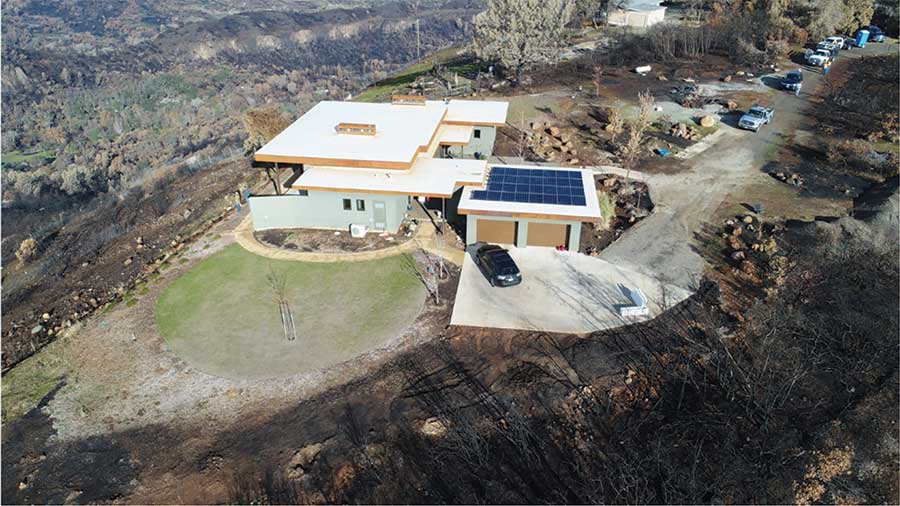
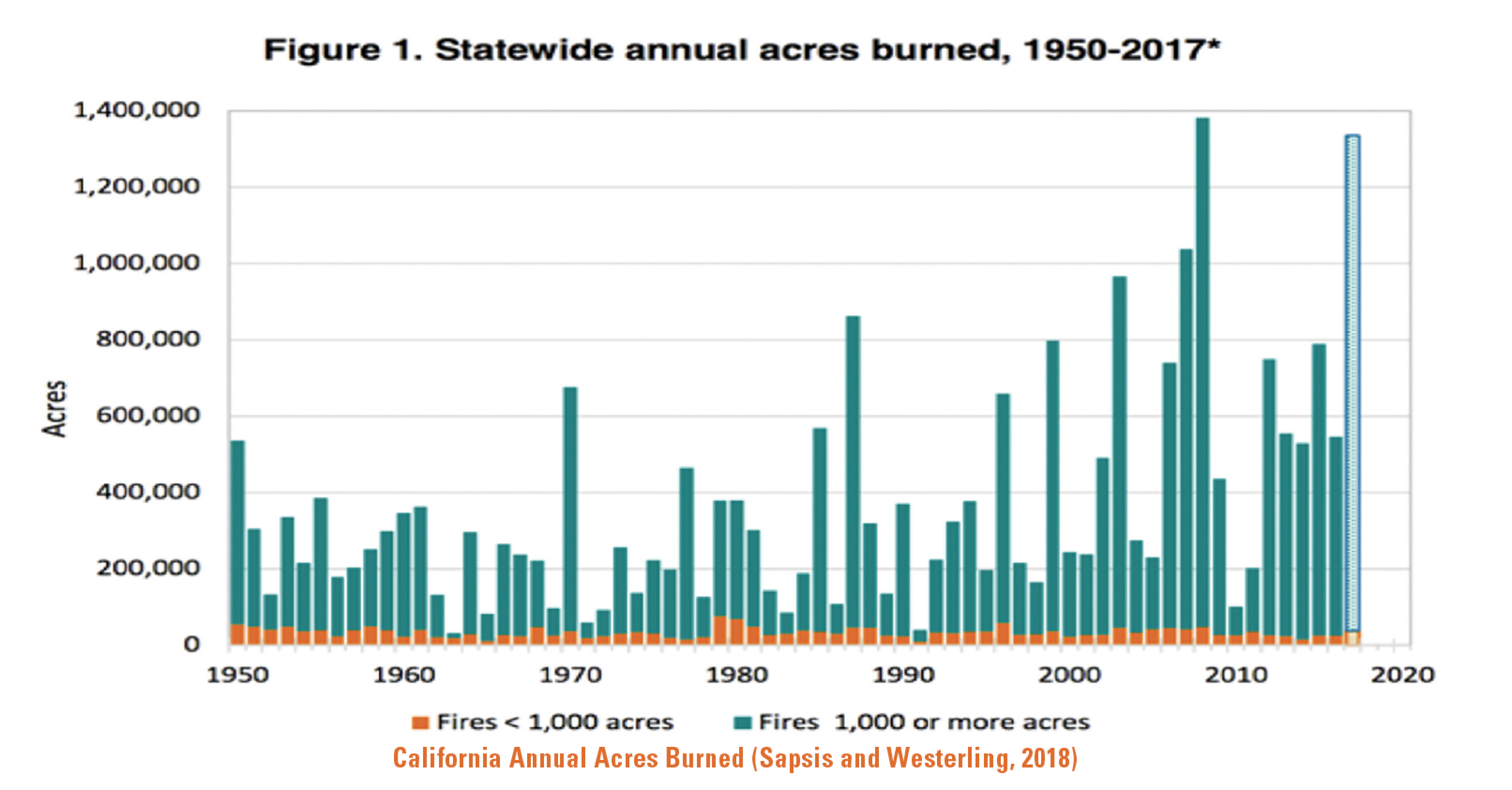
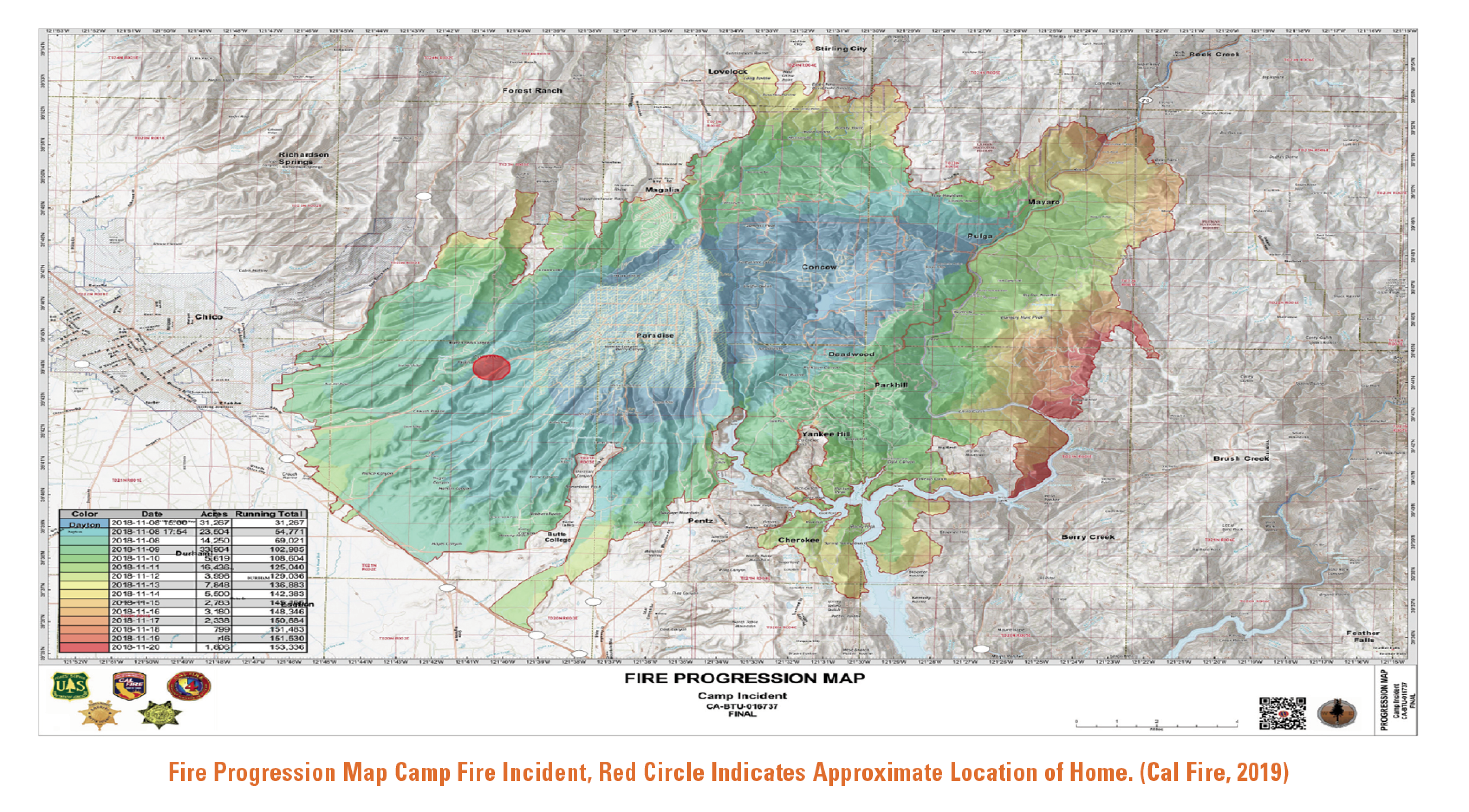
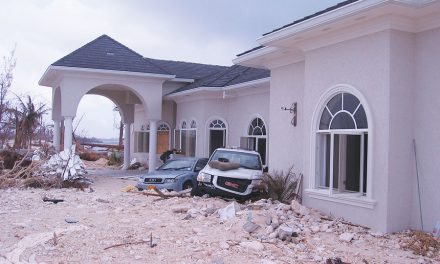
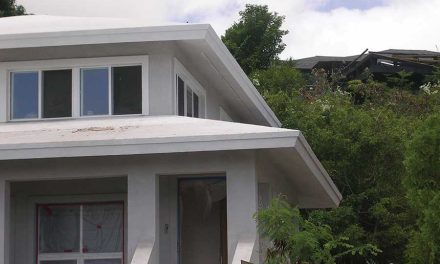
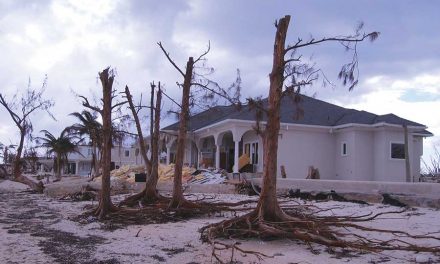
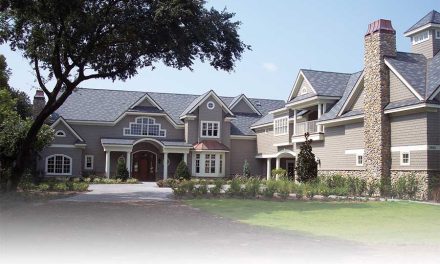







I never knew that ICFs’ exterior finishes, rigid thermal insulation, and concrete cavity composition make them extremely flame resistant. I never thought that it would be like this, it is an intriguing article to read and I will also share this with my aunt. Thank you for the information about the insulated concrete structure.